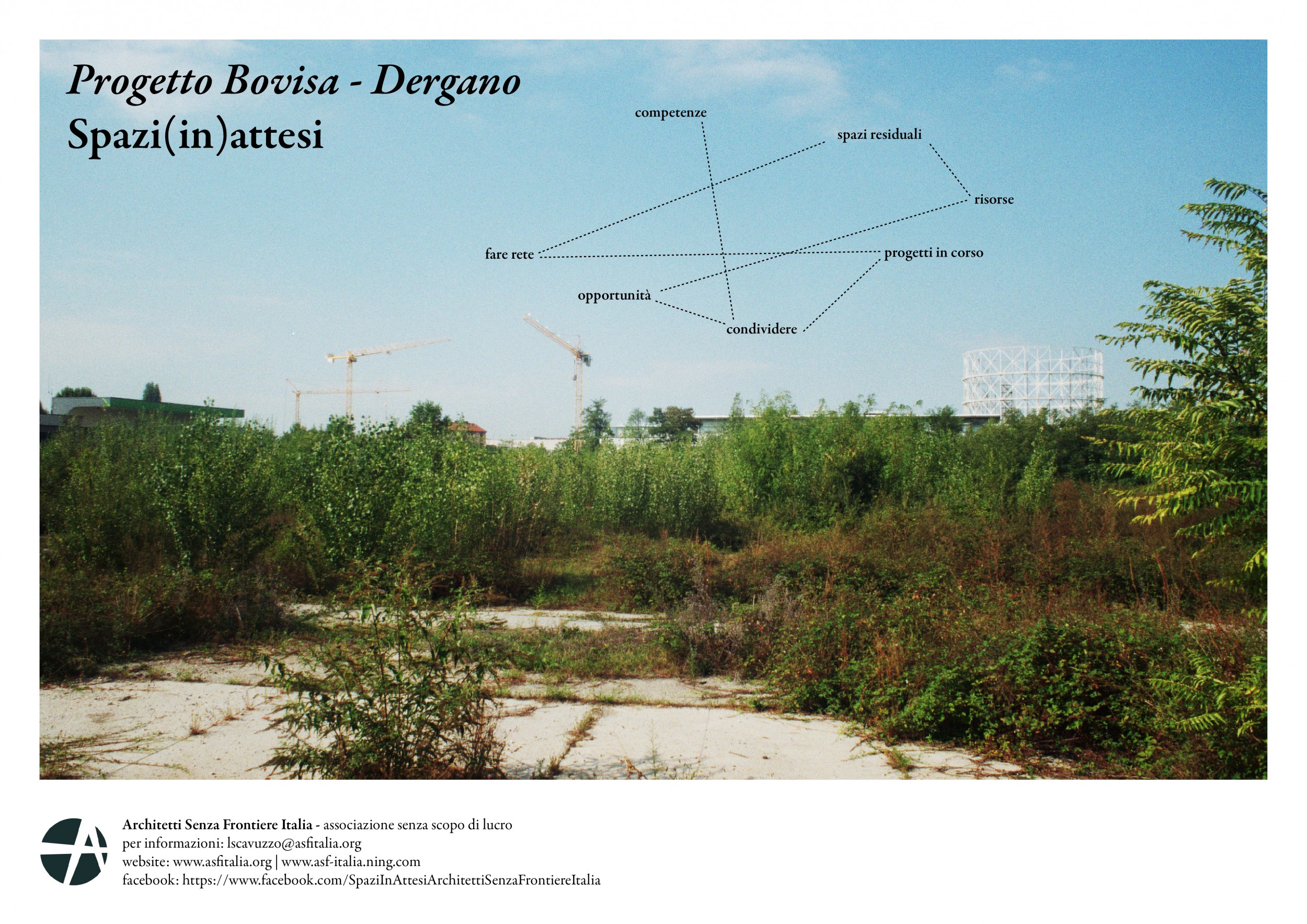
Heather will be giving an invited talk on Wayward projects at the conference, “Vacant spaces, rural scapes and wildscapes” which will take place on 15 June 2013 in Milan, in the frame of the project “Backyards – vacant spaces and emerging communities” organized by Architetti Senza Frontiere – Italia (member of Architecture Sans Frontières International) and supported by the Politecnico di Milano and its Department of Architecture and Urban Studies.
“Fenced, abandoned, inaccessible urban spaces are often perceived as deterioration of the urban environment, yet they can be seen as relevant resources for the city: they are “backyards” where it is still possible to observe a “wild”, natural environment, microcosms made of remains, legacies of the past, weeds. Even if temporarily lying in wait of planning regulations, these are by no means “static” places as they’re constantly changing under the influence of human or natural forces. They represent important resources for the territory because of their biological richness, but also for the symbolic value they acquired over time. By improving the knowledge and the awareness of the “real consistency” of these places, it is possible to promote their protection and conservation, as well as their improvement in terms of use and fruition.” – The project “Spazi (in)attesi”
